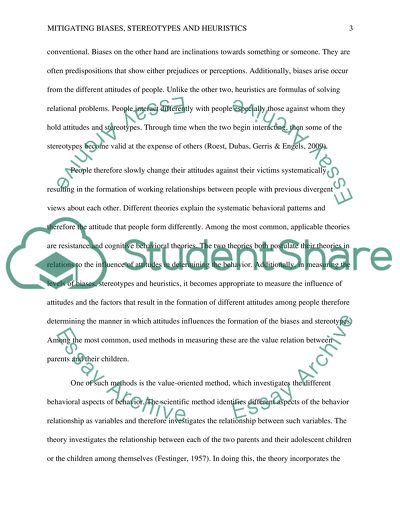Cite this document
(“Mitigating biases, stereotypes, and heuristics Essay”, n.d.)
Mitigating biases, stereotypes, and heuristics Essay. Retrieved from https://studentshare.org/psychology/1475413-mitigating-biases-stereotypes-and-heuristics
Mitigating biases, stereotypes, and heuristics Essay. Retrieved from https://studentshare.org/psychology/1475413-mitigating-biases-stereotypes-and-heuristics
(Mitigating Biases, Stereotypes, and Heuristics Essay)
Mitigating Biases, Stereotypes, and Heuristics Essay. https://studentshare.org/psychology/1475413-mitigating-biases-stereotypes-and-heuristics.
Mitigating Biases, Stereotypes, and Heuristics Essay. https://studentshare.org/psychology/1475413-mitigating-biases-stereotypes-and-heuristics.
“Mitigating Biases, Stereotypes, and Heuristics Essay”, n.d. https://studentshare.org/psychology/1475413-mitigating-biases-stereotypes-and-heuristics.


